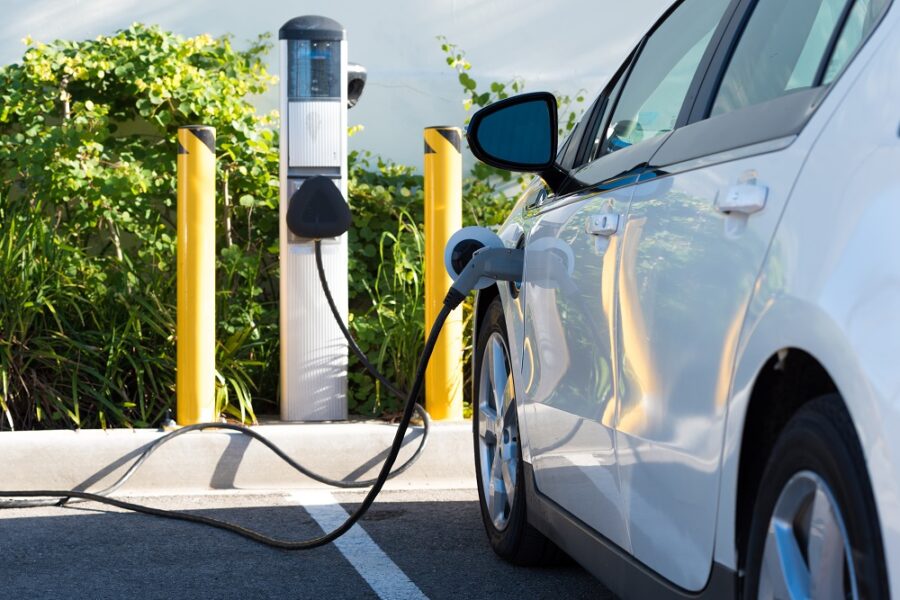The world’s top automakers are locked in a desperate race to see who will be the first to dominate the market with a line of electric cars. Meanwhile, consumers have not been all that eager about buying the models currently on the market. The two biggest hindrances are range and charging time.
Range problems will be eliminated soon enough. As batteries with higher power and energy densities are produced, the range becomes less of an issue. That leaves us with charging time. As a potential electric car owner, how fast is fast enough for you?
Charging time is an issue that carmakers cannot ignore. For as long as we have had the internal combustion engine, we’ve been able to fill up at the gas station in under five minutes. We take fast fueling speeds for granted. It is hard to imagine that any of us want to wait around for hours at a charging station when we have somewhere to go.
Charging in About an Hour
Electric vehicle (EV) batteries are built on lithium-ion technology. In principle, they are similar to the lithium-ion consumer batteries produced by Salt Lake City’s Pale Blue Earth (PBE). PBE batteries come in all of the most common form factors and can be charged in about an hour.
Waiting an hour for AA batteries to charge is generally no big deal. Most of the time, we know in advance that batteries have to be charged. Whatever we need the batteries for is usually not critical. Can we say the same thing about EV batteries?
If you are on your way to meet a friend for dinner, is one hour an acceptable amount of time to wait at a charging station? And what if you have an emergency? You might not have time to wait. You may be forced to find another mode of transportation if your EV battery doesn’t have enough range left.
The Rapid Charging Solution
You can charge an EV at home in 3 to 4 hours. Likewise, you can charge PBE’s USB rechargeable batteries in about an hour. Note that the difference here is more than size alone. Understanding the difference opens the door to understanding how rapid charging works.
Batteries operate on direct current (DC) while the power in your home is alternating current (AC). EVs have built-in converters that allow you to charge their DC batteries by plugging them into an AC outlet. However, converting slows down charging speed.
USB rechargeable batteries do not require power conversion. That is because the power flowing through the USB cable is already DC. Power goes directly from the supply device into the battery. It tuns out that’s how rapid EV charging works, too.
Rapid charging stations send the DC power directly into EV batteries, bypassing the converter and reducing total charging time. But still, the fastest rapid chargers take about twenty minutes. That is not too much longer than filling your gas tank, but is it still too long?
Better Rapid Charging
The general consensus is that there needs to be one more level of improvement in rapid charging before consumers will be ready to embrace EVs. Rapid charging at dedicated charging stations needs to be reduced to about ten minutes. More importantly, access to rapid charging must be made available at home.
It appears as though EVs could be the only choice a few years from now. That being the case, how fast is fast enough in terms of charging? Get it down to ten minutes or less and most consumers will be okay with it. At least that is the theory.

